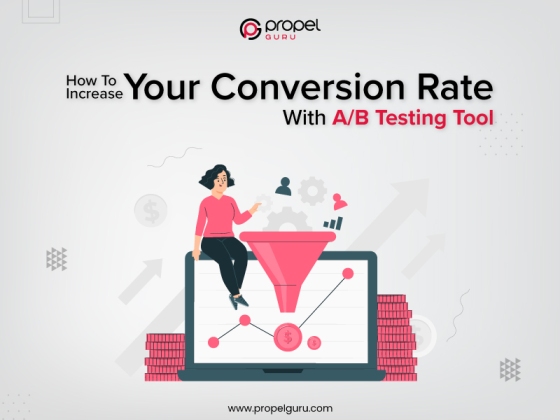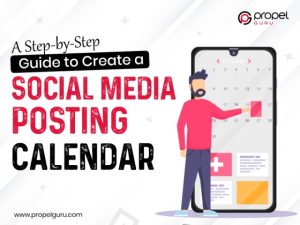Sharing is caring!
It is critical to regularly test and optimize your campaigns to enhance the efficacy of your digital marketing efforts. Creating many versions before selecting what would help your campaign the most is a fantastic place to start, where A/B testing comes in.
A/B testing allows marketers to test several variables to discover which one is the most successful at achieving a specific objective, such as lead generation and conversions. A/B testing may produce actionable, quantifiable, and instant results. We’ll go through the fundamentals of A/B testing, including what to test, measure, and get started.
What is A/B Testing?
A/B testing, often known as split testing, is a marketing exercise where you divide your audience and test many campaign variants to see which works best. In other words, you may show one-half of your audience version A and the other half version B of a piece of marketing material.
Let’s go through how A/B testing works to avoid making inaccurate assumptions about what your target audience enjoys.
You may learn what your target audience wants by testing one factor at a time, including whether a video or image attracts their attention the best.
Here’s a list of 3 A/B testing methods to help you with this task:
Now, hear me out, For A/B testing, Visual Website Optimizer is a popular choice, and for a good reason. This flexible platform includes a comprehensive range of Conversion Rate Optimization (CRO) tools to assist you in finding the answers you want.
The robust reporting dashboard of the VWO A/B testing tool is one of its best features. You can immediately examine the results of each test using its unique color-coding system.
These test findings might assist you in deciphering the behavior of website visitors. They may also help you improve customer satisfaction and generate more revenue. VWO’s A/B testing tool is best suited for mid-size to big businesses, and the company is known for its excellent 24-hour support and problem-solving services.
Choosing Your Variable. You should select one “independent variable” to test, just as you would with the scientific method. To be clear, A/B testing allows for several variations as far as they are tested, a few at a time. From landing page fonts to CTA button placing to email subject lines, you can try any layout or design element you’ve been curious about. Consider formulating a hypothesis to test based on your findings, and keep things simple by not testing multiple variables at once.
Create Variants
Create a variant based on your assumption and compare it to the current version. To examine the results more effectively, modify just the aspects that you determined in the previous phase, and make only one modification at a time.
Change the CTA color, font, text, or button size, for example, if you’re testing your popup window. The input fields and backdrop picture can then be changed. Everything else should remain the same as it was in the initial popup.
Run the test
Though all of your versions should be tried simultaneously, there’s nothing wrong with picking testing periods that are convenient for you. For example, well-scheduled email marketing will yield faster results; finding these periods will need some study into your subscriber demographics and categories. The test might take anything from a few hours to a few weeks, depending on the nature of the item, your web traffic, and the statistically significant that has to be attained.
Analyze A/B Testing Results
Draw conclusions based on every data you’ve gathered. The analysis is vital for determining the winner and collecting data on the many aspects of your A/B test. Consider all of the KPIs, such as increased conversion rate, lower bounce rate, more revenue, and so on. Use that variation if the test is flourishing and you’ve determined who the winner is (A or B).
Here, you may see unclear findings or a failed test with comparable conversions. It’s not alarming, and it happens frequently. Take what you have learned and apply it to future A/B experiments to increase conversions.
Selecting the Page & Elements to A/B Test can also be done. Always Start with your most significant or most-visited webpage. This might be your main page or a high-converting landing page. Whatever you pick, make sure it’s tied to your metrics. Check all components such as the navigation menu, popup window, CTAs, case studies, images/videos, reviews, and so on after picking the page to identify what may be improved.
Regardless of your site traffic, company size, or software capabilities, A/B testing is an excellent way to rapidly get significant and visible results. It is sometimes even utilized in continuous cycles by major firms that prefer to develop multivariate tests.
Looking to hire one of the top digital marketing companies to skyrocket your social media games with effective social media strategies? Connect with Propel Guru’s team of experts to leverage the top-notch Digital Marketing Agency services and strategies, and increase your brand awareness.



